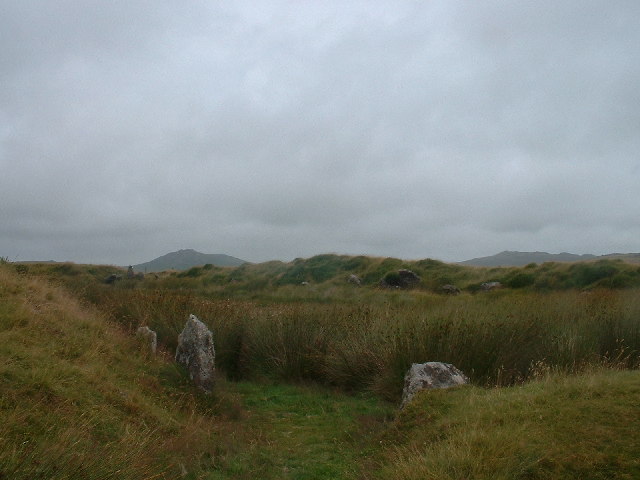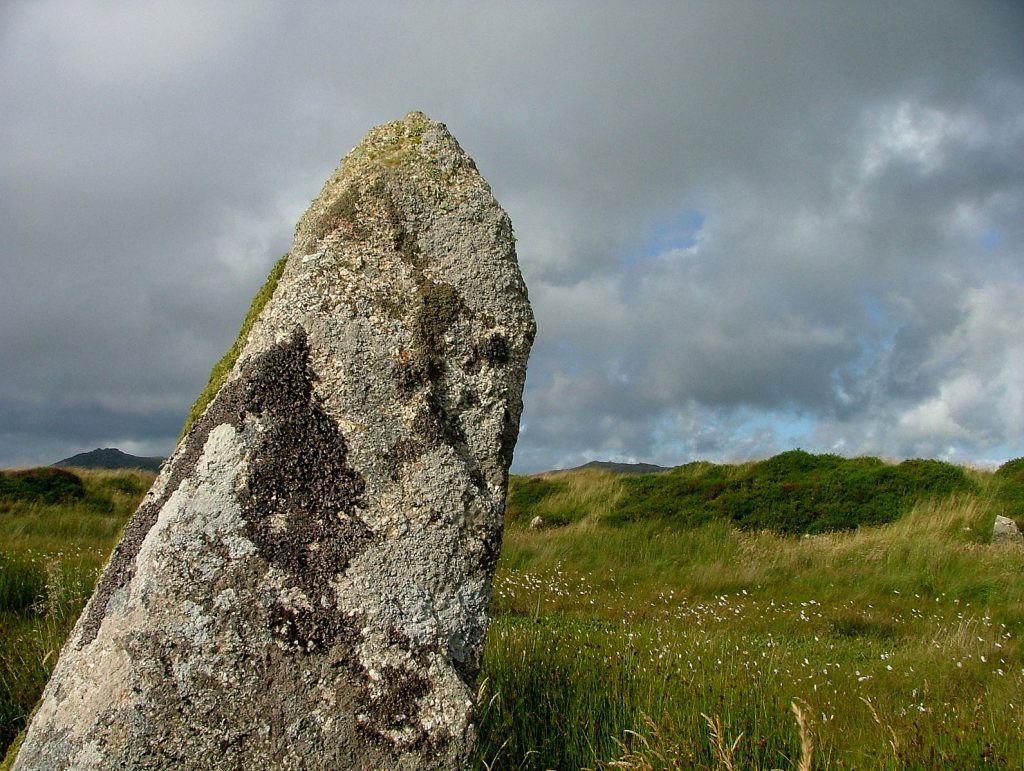
The structure known as ‘King Arthur’s Hall’ has been discovered to be 5,000 years old
The rectangular earth and stone structure known as King Arthur’s Hall in Cornwall has been found to have actually been built around 4,000 years ago.
The structure is located in a remote area of Bodmin Moor.
Researchers previously believed that King Arthur’s Palace on Bodmin Moor was constructed in the Middle Ages, but excavations revealed that the structure was built approximately 4,000 years ago.
Historic England has designated the site as “at risk” due to the surrounding vegetation. It contains 56 standing stones that are partially buried, leaning, or lying on the ground.
📣 Our WhatsApp channel is now LIVE! Stay up-to-date with the latest news and updates, just click here to follow us on WhatsApp and never miss a thing!!
According to archaeologists, it is as old as Stonehenge and was first constructed between 5,000 and 5,500 years ago during the Early Neolithic period.
Experts believe that the purpose of the monument known as King Arthur’s Hall remains unclear, as there are no comparable structures in England or elsewhere.
Phil McMahon, an inspector of ancient monuments at Historic England, remarked, “The revelation that King Arthur’s Hall has Neolithic origins is thrilling and provides significant historical context to this enigmatic site, which has very few counterparts in England.”
As part of the “Monumental Enhancement” initiative by the Cornwall National Landscape, an excavation was carried out at the site. The Cornwall Archaeology Unit (CAU) was tasked with conducting archaeological studies to ascertain the site’s age, function, and long-term preservation requirements.
While Historic England categorizes the site as a medieval animal shelter, specialists propose that the standing stones, their alignment from north to south, and the site’s placement in an area of Bodmin Moor known for numerous early-period sites suggest that the monument could actually originate from prehistoric times.

Expert teams from the Universities of Reading, St Andrews, and Newcastle conducted the dating of the excavation by analyzing materials taken from a section dug from the coast and the buried soils beneath it.
Based on Optically Stimulated Luminescence (OSL) analyses, it is believed that the structure was constructed in the late 4th millennium BCE (Neolithic period).
Furthermore, samples were taken from the monument’s interior to verify the existence of fossilized remains of plants and animals, such as seeds, pollen, insects, and parasite eggs. The infilling of the monument, as determined by radiocarbon dating related to activities impacting the wet interior of the enclosure, commenced during the Late Prehistoric period (2,000-2,500 years ago) and extended into the Medieval period (500-1,000 years ago).
Experts propose that the site’s functions, including its use as a shelter and later as a reservoir for tin extraction, were likely quite different from the intentions of those who constructed it thousands of years ago.
Geological analysis of the standing stones suggests that they originated from “within 250 meters (820 feet) of the site” and were probably quarried locally rather than brought from a distant location. Although rectangular monuments are present, and potential uses may involve local communities gathering for ceremonies and rituals, the original purpose of the site remains uncertain.

Pete Herring, president of the Cornwall Archaeological Society, stated: “The romantic-sounding name King Arthur’s Hall, dating back to the 16th century, tells us that this place, like other sites attributed to Arthur, is regarded by the marsh community as something ancient and incomprehensible. Science responds to the challenge of this name by providing a very early origin history, along with two other dates related to prehistoric and medieval activities within the enclosure.
“The monument retains its mystery: there is no known equivalent to the rectangular enclosure covered with stones, which is likely from the Neolithic period and may have been wetland. We can assume it was a sacred place, a gathering site, or a location for rituals or ceremonies, but perhaps the Neolithic people constructed and used it for very different purposes.
A management plan for the site is being developed in collaboration with Historic England, Natural England, the landowner, and the Hamatethy Commoners. The excavation and scientific analyses were made possible through funding from the National Lottery Heritage Fund, Historic England, Cornwall Council, and the Cornwall Heritage Trust.
Cover Image Credit: Cornwall National Landscape.
You may also like
- A 1700-year-old statue of Pan unearthed during the excavations at Polyeuktos in İstanbul
- The granary was found in the ancient city of Sebaste, founded by the first Roman emperor Augustus
- Donalar Kale Kapı Rock Tomb or Donalar Rock Tomb
- Theater emerges as works continue in ancient city of Perinthos
- Urartian King Argishti’s bronze shield revealed the name of an unknown country
- The religious center of Lycia, the ancient city of Letoon
- Who were the Luwians?
- A new study brings a fresh perspective on the Anatolian origin of the Indo-European languages
- Perhaps the oldest thermal treatment center in the world, which has been in continuous use for 2000 years -Basilica Therma Roman Bath or King’s Daughter-
- The largest synagogue of the ancient world, located in the ancient city of Sardis, is being restored











Leave a Reply